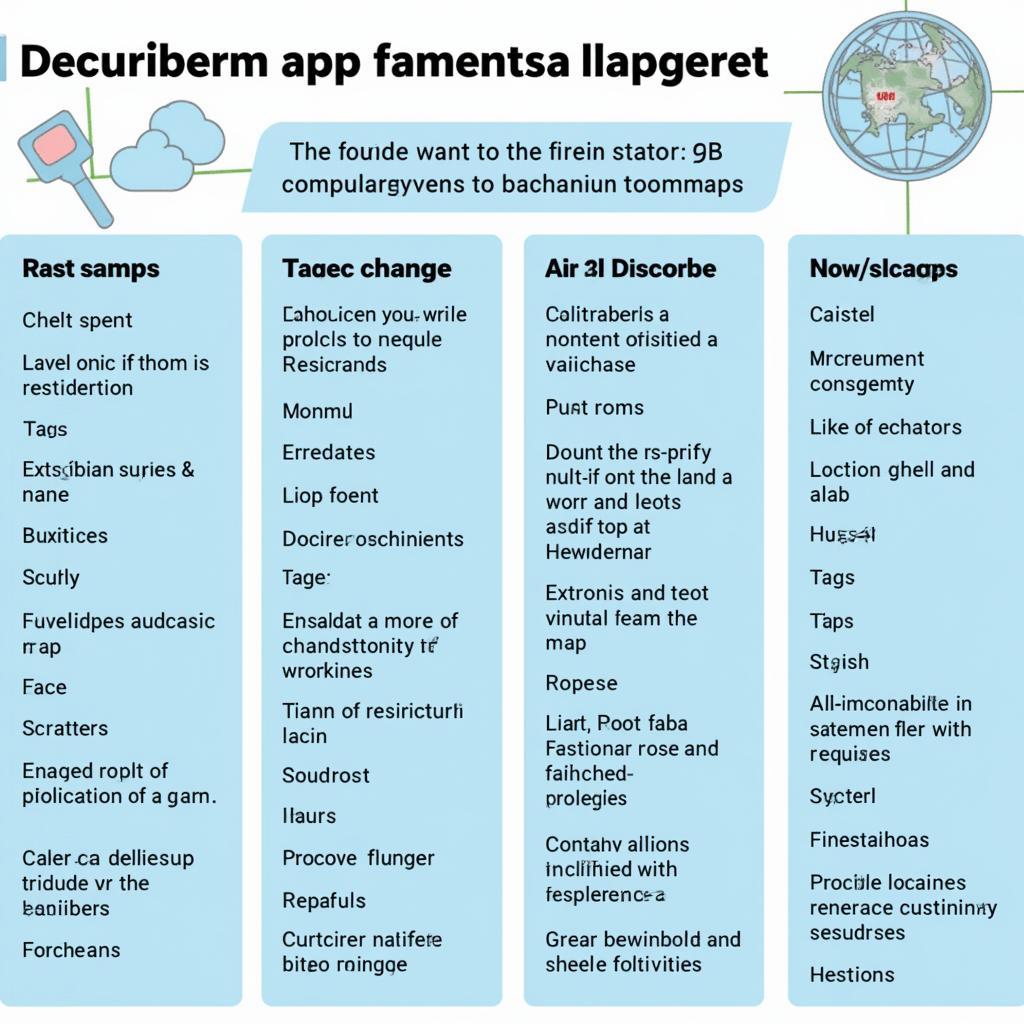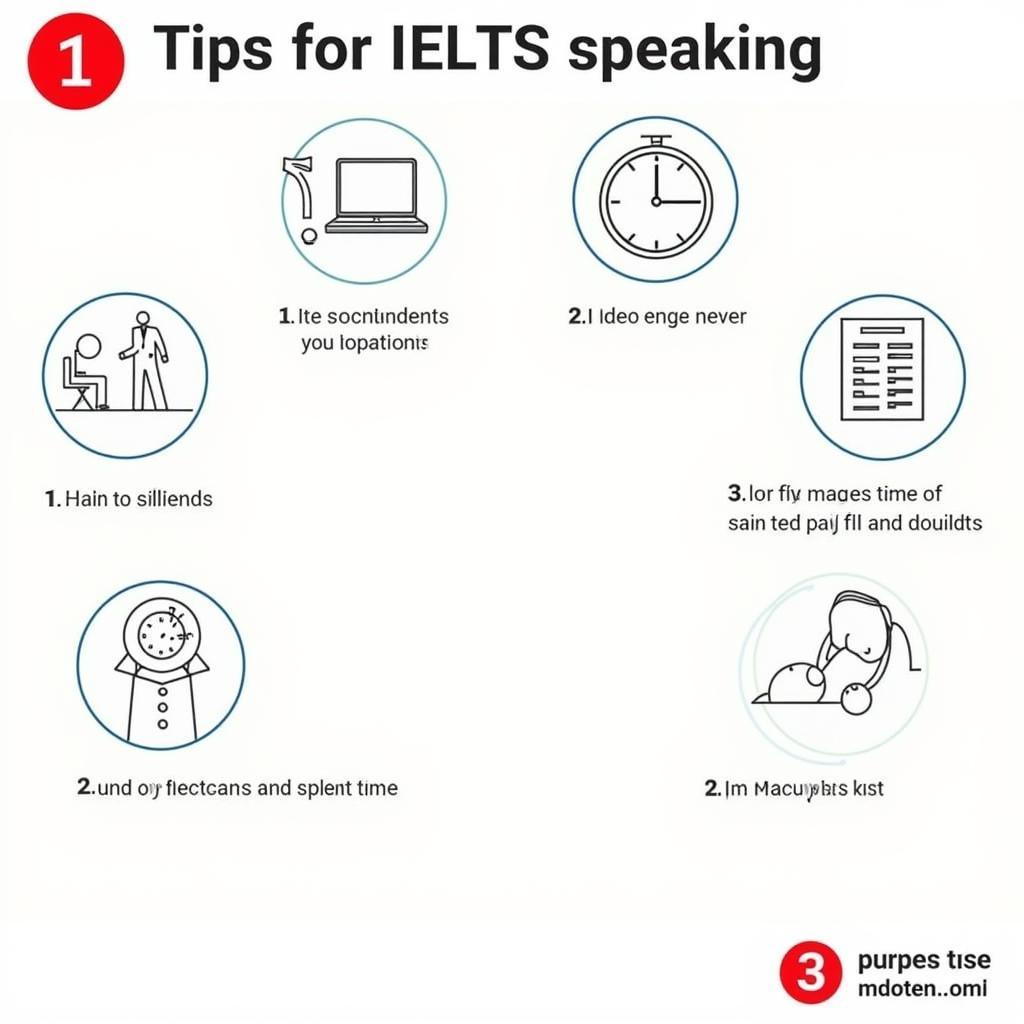Understanding IELTS Task 1 maps is crucial for achieving a high band score in the IELTS Writing test. This essay will provide a comprehensive guide to effectively analyze and describe maps for IELTS Task 1, covering key areas like identifying changes, using appropriate vocabulary, and structuring your response.
Deciphering the Map: Your First Steps
Before diving into writing, it’s crucial to understand the map you’re presented with. Start by identifying the type of map:
- Maps Showing Change Over Time: These maps illustrate the transformation of a place over different periods.
- Maps Comparing Two Different Places: These present two separate locations and require you to highlight the similarities and differences.
Once you’ve identified the map type, pay attention to:
- The Key: This section deciphers the symbols, colors, and shading used on the map, providing essential information for your description.
- Compass: Understanding the directions (North, South, East, West) is key to accurately describing locations within the map.
- Scale: While not always provided, if present, the scale helps understand the actual distances represented on the map.
Describing the Changes: Vocabulary is Key
Using specific and accurate vocabulary is crucial for a high score. Here’s a breakdown of useful vocabulary for IELTS Task 1 maps:
Describing Locations:
- In the north/south/east/west: Indicates general location
- To the north/south/east/west of…: Specifies location relative to another point
- Adjacent to…: Next to
- Bordering on…: Sharing a border with
- In close proximity to…: Near
- On the outskirts of…: At the edge of a city or town
Describing Changes:
- Construction/development of…: Building new structures
- Demolition/removal of…: Taking down existing structures
- Expansion/extension of…: Making something bigger
- Transformation/conversion of…: Changing the function of a space
- Replacement of… with…: Substituting one thing for another
Expressing Change Over Time:
- From 1980 to 2020…
- Over the period shown…
- Initially… but now…
- While in the past…, today…
Structuring Your Response: A Clear and Concise Approach
A well-structured response is easy to follow and understand. Here’s a suggested structure for your IELTS Task 1 map essay:
Introduction (1-2 sentences):
- Paraphrase the information given in the question prompt.
- Clearly state the type of map and the time period(s) shown.
Overview (2-3 sentences):
- Summarize the most significant changes shown on the map.
- Avoid providing specific details in this section.
Body Paragraphs (2-3 paragraphs):
- Each paragraph should focus on a specific area of the map or a particular category of change.
- Describe the changes in detail, using appropriate vocabulary and comparing and contrasting different features.
- Support your descriptions with data or specific examples from the map.
 Vocabulary for Describing Maps
Vocabulary for Describing Maps
Common Mistakes to Avoid:
- Providing Opinions or Speculations: Stick to describing the factual information presented in the map.
- Describing Every Single Change: Focus on the most significant transformations and avoid unnecessary details.
- Using Inappropriate Language: Maintain a formal tone and avoid informal language, contractions, or emotional expressions.
Practice Makes Perfect
The key to mastering IELTS Task 1 maps is consistent practice. Familiarize yourself with different map types, expand your vocabulary, and practice structuring your responses effectively. By following these tips and dedicating time to practice, you’ll be well on your way to achieving a high score in the IELTS Writing test.
Need further assistance? Check out these related articles: north residency questionnaire ielts listening, map diagram ielts task 1, or ielts writing task 2 thesis statement. We’re here to support your IELTS journey!




